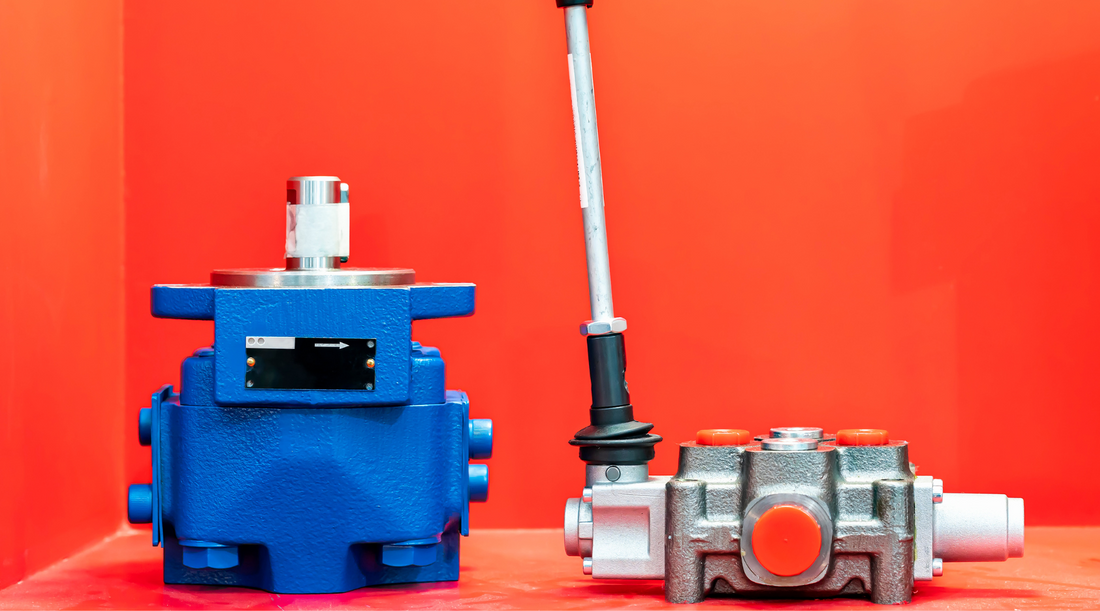Efficient Control Valves: Key Parts for Effective System Monitoring
Efficient Control Valves: Key Parts for Effective System Monitoring
Blog Article
Achieve Seamless Integration and Control With Quality Building Automation Controls
In the world of contemporary structure management, the value of high quality structure automation controls can not be overemphasized. Welcoming top quality structure automation controls is not just a matter of comfort but a tactical essential for organizations intending to enhance their centers' performance and sustainability.

Development of Building Automation Controls
Throughout the previous few decades, the advancement of building automation controls has dramatically transformed the means buildings are managed and operated. Constructing automation systems largely concentrated on standard features such as regulating home heating, air, and ventilation conditioning (HVAC) systems. Nevertheless, as modern technology advanced, these controls have become extra innovative, allowing for a larger variety of structure systems to be incorporated and managed centrally.
The development of building automation controls has actually seen a shift in the direction of even more intelligent systems that can adapt to changing conditions in real-time. This flexibility is vital for maximizing energy effectiveness and making sure passenger convenience. Additionally, modern building automation controls now offer attributes such as anticipating maintenance, remote monitoring, and information analytics, making it possible for center supervisors to make data-driven decisions to boost structure performance.

Benefits of High Quality Integration
The development in building automation regulates towards more intelligent systems has actually underscored the considerable advantages of high quality combination in maximizing building operations and enhancing general performance. This centralized control also provides much better visibility and understandings right into structure efficiency, making it possible for aggressive upkeep and optimization methods. In general, the advantages of top quality assimilation in building automation controls are indisputable, supplying enhanced efficiency, convenience, and functional performance.
Boosted Customer Experience and Accessibility
Enhancing customer communication with structure automation manages through instinctive layout and enhanced ease of access boosts the total experience for occupants and facility managers alike. By concentrating on customer experience, building automation systems can become extra reliable and straightforward. Instinctive user interfaces, clear navigation, and customizable setups empower users to interact with the controls conveniently and effectively.
Accessibility features play an essential function in making sure that all individuals, including those with handicaps, can utilize the building automation controls easily. Including attributes such as voice commands, tactile switches, and color-contrasted display screens can improve accessibility and make the controls extra inclusive.
Furthermore, boosted customer experience results in greater individual fulfillment, raised performance, and much better decision-making. Owners can adjust environmental setups according to their choices, while facility supervisors can efficiently keep track of and manage structure systems - control valves. On the whole, prioritizing customer experience and availability in structure automation regulates adds to a much more effective and seamless building atmosphere for all stakeholders included
Sustainable Practices With Automation

Furthermore, automation can promote the assimilation of eco-friendly energy sources such as solar panels or wind generators into structure operations. Through automation, structures can straighten with modern-day sustainability objectives and add to a greener future.
Future Trends in Building Control Solution
One popular fad shaping the future of building control systems is the enhanced combination of Artificial Knowledge (AI) and maker learning. Additionally, the Internet of Things (IoT) is page revolutionizing structure control systems by connecting sensing units and tools to simplify operations and improve efficiency.
Another vital fad is the emphasis on cybersecurity procedures to shield against prospective hazards to building automation systems. As structures come to be much more interconnected, making sure robust cybersecurity protocols will be index important to secure sensitive data and prevent unauthorized gain access to.
Furthermore, the change towards cloud-based platforms is acquiring momentum, permitting for streamlined control and remote accessibility to building systems. This facilitates much easier tracking, upkeep, and updates, boosting the overall performance and flexibility of structure control systems. As innovation remains to breakthrough, these patterns are try this website anticipated to shape the future landscape of structure automation controls, driving technology and sustainability in the developed environment.
Final Thought
Future fads in structure control systems are most likely to concentrate on additional improving automation abilities for boosted power effectiveness and total efficiency. It is necessary for structure owners and operators to prioritize the adoption of quality building automation manages to enhance structure operations and accomplish long-term sustainability objectives.
In the world of contemporary structure administration, the significance of quality structure automation controls can not be overemphasized. In general, the development of structure automation controls proceeds to drive advancement in the structure management market, supplying brand-new possibilities for developing smarter and a lot more lasting structures.
The development in structure automation manages towards even more intelligent systems has actually underscored the considerable advantages of high quality combination in maximizing building procedures and improving total efficiency. On the whole, focusing on individual experience and availability in structure automation manages adds to an extra efficient and seamless building setting for all stakeholders entailed.
It is necessary for building owners and operators to prioritize the adoption of top quality building automation manages to maximize building operations and accomplish long-term sustainability objectives. - control valves
Report this page